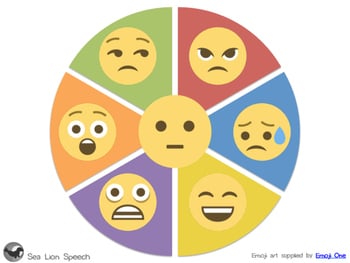2 min read
Managing School Insurance Claims: What You Need To Know
![]() Bobby Decker, Operations Specialist
:
May 16, 2019
Bobby Decker, Operations Specialist
:
May 16, 2019
Leading your school community through its recovery from an emergency or crisis is a long, long process. One of the challenges is navigating through the various emotional states that we deal with over the course of the recovery. Frustration, sadness, anger, boredom, confusion, fear, and more often well up during this process.

For today, however, I want to focus on frustration. More specifically, I want to focus on how your community can work successfully with an at times difficult (but essential) partner - your insurance company. This blog post provides the key foundation to ensuring that your insurance company fully reimburses your school for its losses.
Let’s start with the basics. The two key categories that will guide our entire relationship with the insurance company are simple. “Money in” represents the financial amount that the insurance company will give your school. “Money out” represents the financial loss that your school has suffered as a result of the emergency or disaster. Our goal? To make sure that whatever the cost of recovery is, your community receives the commensurate amount of “money in” from the insurance company.

So, how do we make this happen? First, we need to break down the “money out” category into three clear segments and ensure that we’re recording the appropriate level of detail regarding the cost. That way, the insurance company can reimburse your community for the full amount.
Lost Revenue: This category reflects the fact that a serious emergency or crisis may cause students and their families to leave your community or withdraw from school. Obviously, this means your school may collect less than expected in terms of tuition revenues -- in some cases, you may even have to refund some pre-paid tuition. It is essential that your school keep a clear record of any such withdrawals. Note down the student name, the tuition amount that will be lost, a link to documentation showing that the student will be leaving, and any other relevant notes.
Repairs and Permanent Replacement: Depending on the type and scale of the emergency, your school may be dealing with damaged buildings or equipment. As you make these repairs or improvements, make sure to note the following to ensure minimal hassle with insurance reimbursement.
What company or restoration service is performing the repairs? What item or building are they working on? What repairs or construction did they make? What dates did they perform the repairs or construction?
With these notated, it’s also important to maintain any record of payments made. This means note the check number used to pay for repairs, and ensure that a link or copy of the invoice is available as well. The claims adjuster will likely have additional questions, but these preemptive steps will make the process smoother and more effective for the purposes of your recovery.
Additional, Out of Pocket Temporary Expenses: One of the most challenging and overwhelming facts to deal with regarding school recovery is that even in a serious emergency, your school must resume some form of operations within seven days of the event. Otherwise, your staff and students may become permanently disconnected from your community.
To avoid this, a school may be forced to incur temporary expenses out of pocket to ensure that they have a space to gather in, or transportation to get students to campus. When the time comes to use your insurance for reimbursement of these expenses, make sure you’ve got the following to avoid extended hassle.
A note regarding what company or service was used, and for what purpose. Receipts from the purchase, including the date of sale. The check number or proof of the payment method used. A link to the invoice.
Navigating your school through crisis management and disaster recovery is a challenge that will force you to improvise, function in a thousand different roles, and build resolve and pride in your community. A disorganized and frustrating relationship with your insurance company is an avoidable obstacle that we simply can’t afford in times of crisis.


